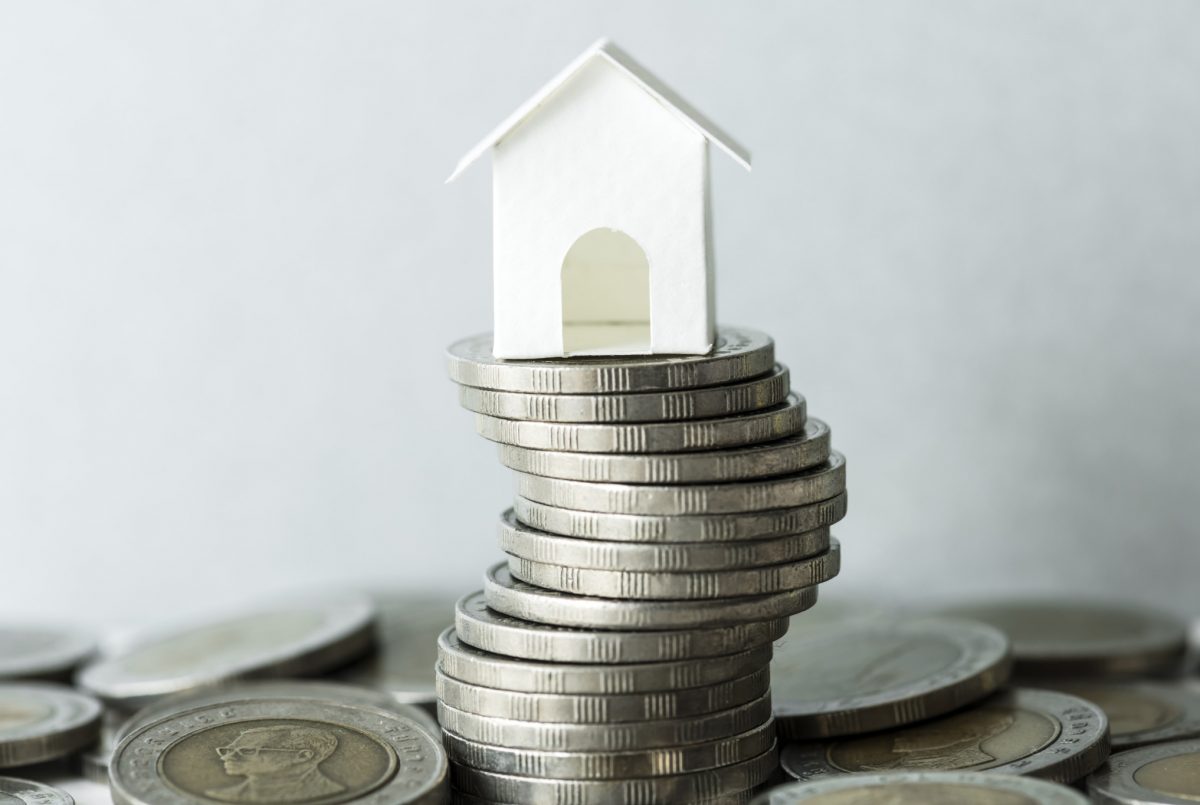Principal refers to the initial mortgage amount taken against the property you mortgaged. When you obtain a mortgage, it comes in two parts — principal and interest. The principal is the amount that you borrow from the lender, and the interest is a percentage of that principal amount charged by the lender as the cost of borrowing that money. When repaying, you have to pay both the principal and the interest.
For example: if you borrow $300,000 from a lender to buy a house, the principal of your loan is $300,000. At a 3% of annual interest rate, it will add $750 of interest balance per month to the principal balance. If you repay $10,000 as a monthly installment, the lender will cut off $750 as interest, and the rest $9,250 will pay off the principal balance. So, after one month, your loan principal will be 290,750. With each monthly installment, the principal balance will be reduced.
If you find it difficult to calculate the balance principal, interest percentage, and other fees, check the loan’s monthly statement. Our lenders will provide you a breakdown of all the numbers. It will show how much of the monthly installment goes toward paying off the principal balance and interest.
A bigger loan comes with a bigger interest rate. One way to avoid paying extra money is to pay off the loan faster by making additional payments with every monthly installment. Doing so in the case of adjustable-rate mortgages will save you plenty of money.
With America Mortgages, you can get anything between $150,000 and $5,000,000 and a choice from various paying off options.

